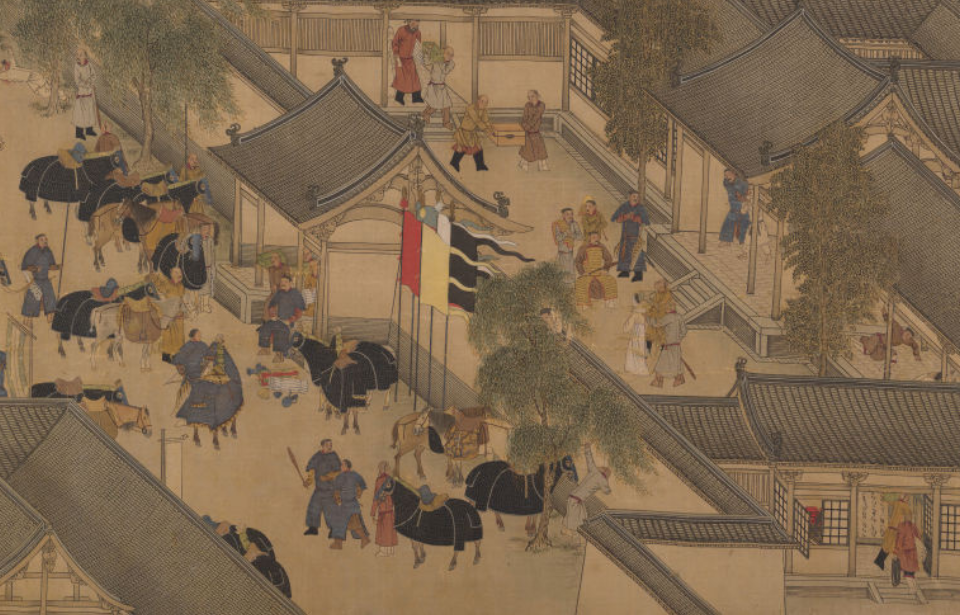Genghis Khan founded the Mongol Empire in 1206. It lasted a little over a century and a half. Needless to say, health and safety weren’t priorities, at least by today’s standards.
Did the mighty ruler put hygiene on his enemies list? Yes and no. Find out more below…
Icky insulation
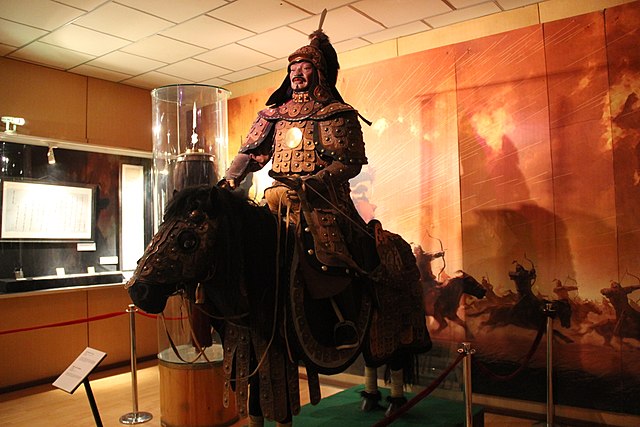
People living back then had an interesting way of keeping out the cold. Grease and lard built up on their clothing and insulated them.
Was the air of the Mongol Empire laden with lard or something? No – in fact, you’d be constantly wiping your hands on your shirt following a meal. After a while, you became nice and snug under an oily and icky coating.
Why not get some water and wash your hands? Good question! We’ll go into that shortly…
Another round… of horse milk
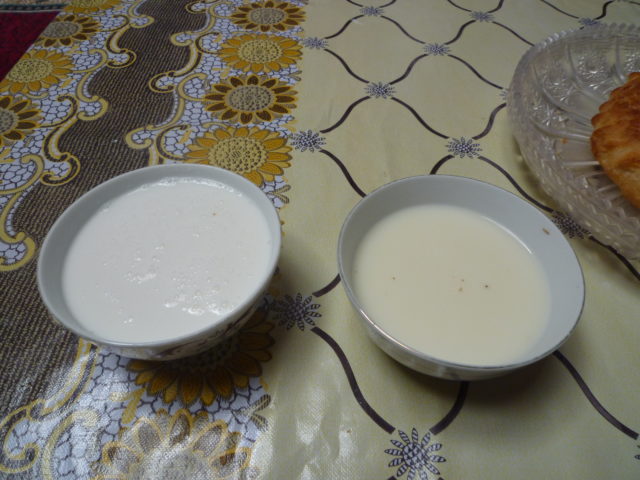
Genghis Khan’s empire was a violent place to be, and this extended to kumis: “People then transported the liquid in leather bags, often hanging them where passersby could easily punch the sack to keep the kumis agitated” the site notes.
Kumis is still enjoyed today, so guess the nomads were onto something. And in case you’re wondering, the alcohol content is around 3%.
You might want to avoid this next part about Mongol drinks also. Kumis is a fermented dairy product extracted from mares and donkeys. Nomads would churn the milk into a boozy state, according to Atlas Obscura.
Why turn the milk into a tipple? That way it was at least drinkable! The white stuff also made you run for the hills… to seek a secluded spot to go potty. It had a laxative effect you see. Mind you, the Mongols weren’t shy when it came to toilet business by some accounts.
Dead man flying
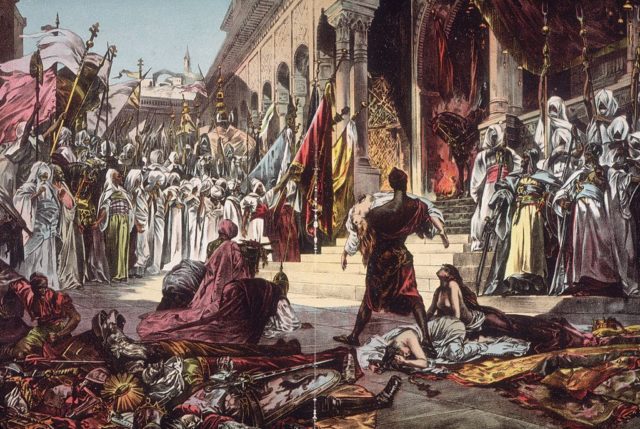
It may not have seemed like Genghis Khan and co understood hygiene. Yet when it came to corpses, they were all too aware. Their enemies likely received a dead body slung from on high. A great, if gruesome, way of giving your opponent a nasty disease.
Sinister sausages
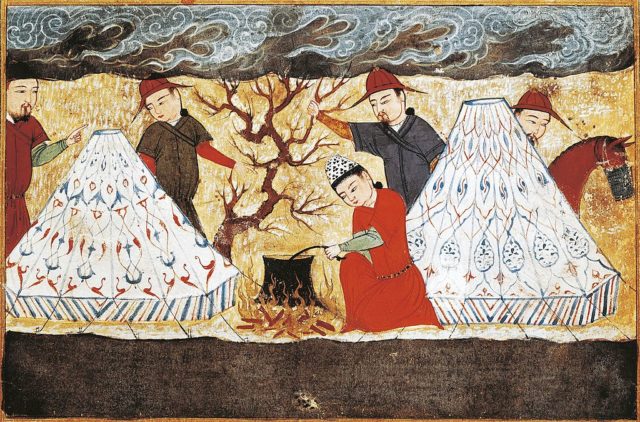
It isn’t a million miles from the traditional black pudding some gourmets hold so dear. But still, some might balk at the idea of sausages made from blood.
The alternative doesn’t sound much better. Mongols had a thing about boiling their meat, making it soupy and gloopy. Ranker references the book Food and Environment in Early and Medieval China by E.N. Anderson – it’s explained the meat was boiled for spiritual reasons.
On a practical note, “Meat was typically boiled and more rarely roasted because this process takes longer and so needed more precious fuel,” as described by World History Encyclopedia.
Bloody servants
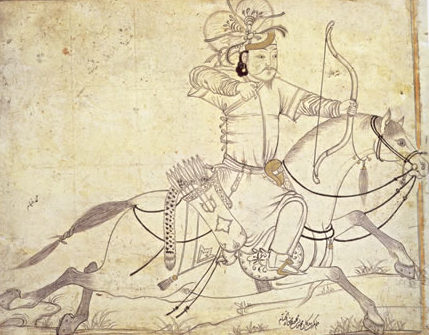
Blood wasn’t just used to make (presumably) tasty treats. It could also provide a welcome – or not so welcome – drink during those long treks into battle. Yes, you’re reading that right. Simply cut open a live horse and take a mouthful. Talk about refreshment on the hoof!
Plus, servants were permitted to suck some blood… provided it was from the arrow wound of their master. This elaborate method apparently kept death at bay.
Laundry dissed
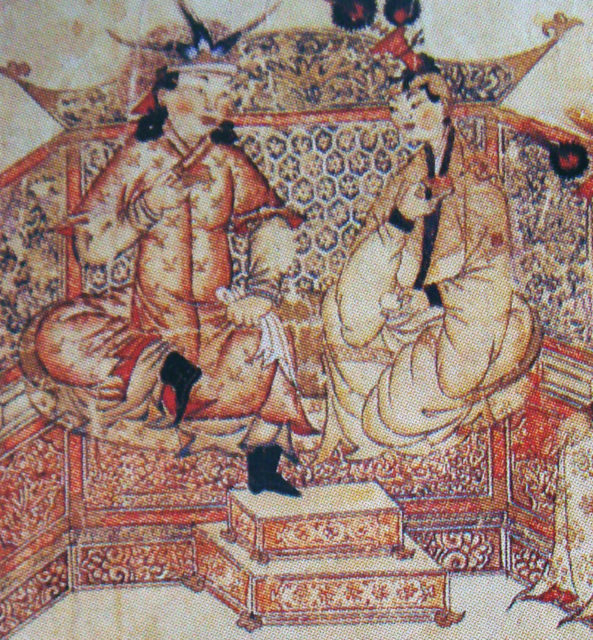
How come the Mongols didn’t use water so much? They respected its power and apparently didn’t want to interfere with the Creator’s wettest natural feature.
Historical Post mentions the writings of William of Rubruck. A missionary and explorer from the 13th century, he observed that the Mongols “avoided using water to clean clothes because they thought a thunderstorm would result from it.”
As you can imagine, this made any contact with water quite challenging, as we’ll learn later!
Fat is fashionable
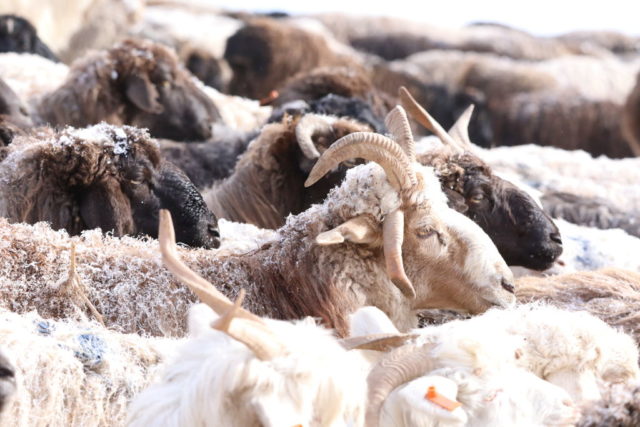
The Mongol Empire’s greasy clothes helped keep the wind out, so to speak. However, this was more a by-product rather than anything intentional.
Believe it or not, some fatty products were deliberately used to enhance someone’s appearance. Sheep fat was slathered onto someone’s hair to produce some striking effects.
If you’re thinking that hairstyle looks a little familiar, then all will be revealed in the next entry.
Dead animal duvet
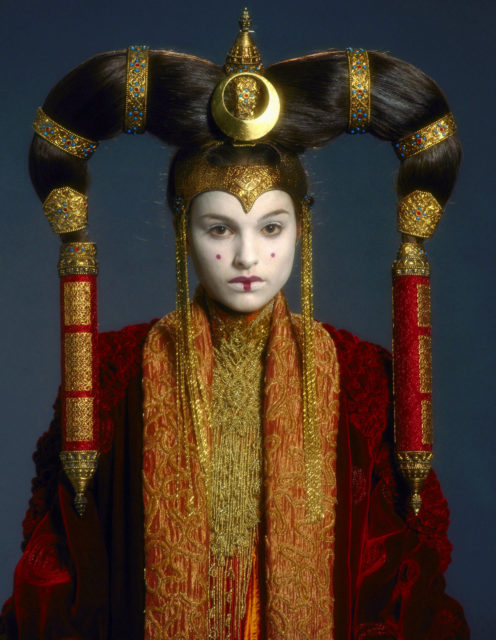
You were pretty exposed out there in central Asia. Let’s say you’d taken an arrow to the leg and your servant sucking out the blood hadn’t done the trick.
A further protective measure was to place the injured party inside a dead ox. Sounds horrific but the heat from the carcass must have worked wonders.
And you were lucky to get this gory treatment. “The importance of herding animals to Mongols also indicates that the practice was most likely reserved for men of elite status,” says Ranker. Certainly Luke Skywalker managed to stay warm when he sliced open his Tauntaun to huddle inside during The Empire Strikes Back.
Seems this wasn’t the only inspiration Star Wars took from the Mongols. The hairstyles directly influenced Natalie Portman’s look in the prequel trilogy.
Urination Consternation
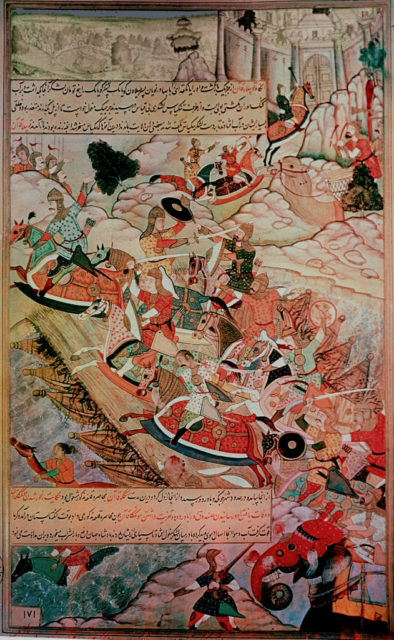
Historical Post mentions William of Rubruck’s shock at Mongols relieving themselves in public without a care. Though should that urine stream touch some water, the consequences could be grave.
More from us: Hygiene Noon: Cowboys And Cleanliness Were Not Good Bedfellows
In another example of extreme measures, someone might lose their life if they couldn’t prove they peed in the drink by mistake.
